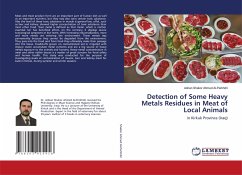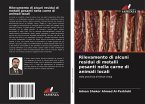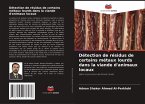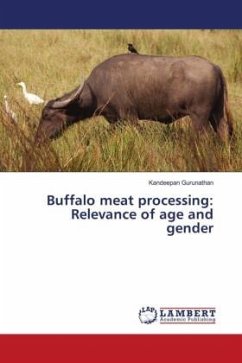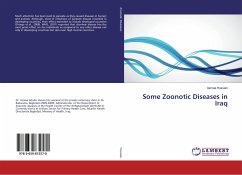Meat and meat product form are an important part of human diet as well as an important nutrient, but they may also carry certain toxic substance. Also the level of these toxic substance in muscle is general low, offal, such as liver and kidney, showed higher concentration of toxic substance than most other food. Toxic metal is defined as that metal, which is neither essential nor has beneficial effect, on the contrary, it displays severe toxicological symptoms at low levels. With increasing industrialization, more and more metals are entering the environment. These metals stay permanently because they cannot be degraded from the environment. They pass into the food and from food they ultimately make their passage into the tissue. Foodstuffs grown on contaminated soil or irrigated with impure water accumulate metal contents and are a big source of heavy metals exposure to the animals and humans. Heavy metal contamination in meat and other edible tissues is a matter of great concern for food safety and human health. This study was conducted for the purpose of investigating levels of contamination of muscle, liver and kidney meat for bulls in Kirkuk, during summer and winter seasons.
Bitte wählen Sie Ihr Anliegen aus.
Rechnungen
Retourenschein anfordern
Bestellstatus
Storno

